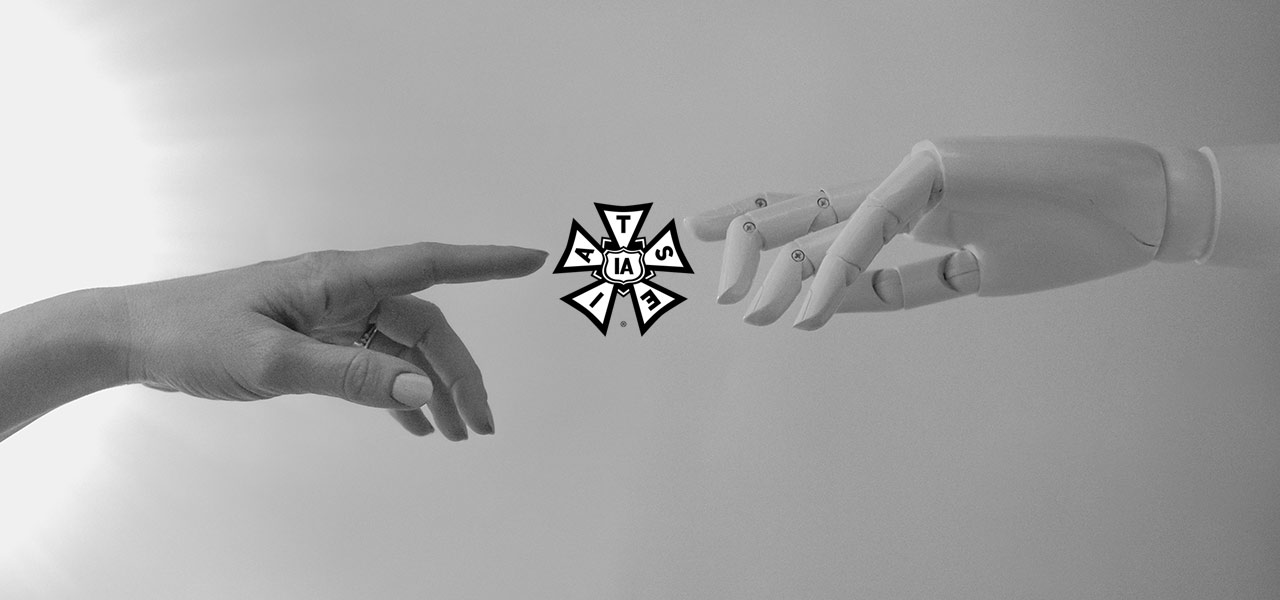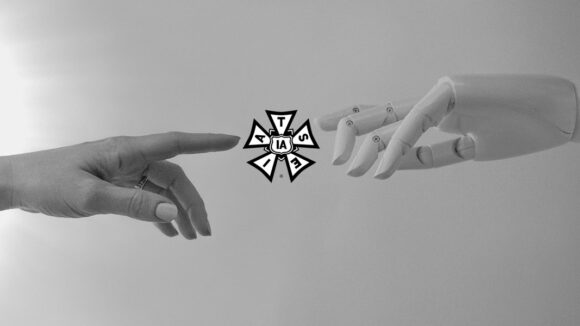

IATSE Doing Damage Control After Launching Controversial AI Learning Series
The Animation Guild parent organization IATSE (International Alliance of Theatrical Stage Employees, Moving Picture Technicians, Artists and Allied Crafts) has released a set of 10 Core Principles for the application of artificial intelligence (AI) and machine learning (ML) technology in the entertainment industry.
According to the union, the list was assembled in response to technologies that will “fundamentally alter employers’ business models and disrupt IATSE members’ livelihoods.” IATSE had previously announced that the report was being worked on by a union commission on artificial intelligence.
In an accompanying release, IATSE says that any strategy regarding the rise of AI and ML “must be comprehensive, focused on research, collaboration, education, political and legislative advocacy, organizing, and collective bargaining.”
IATSE International president Matthew D. Loeb said: “With AI, the stakes for IATSE members in all crafts [are] high. There is much work to do, but I am pleased to report the union’s efforts are already well underway.”
The release of the core principles, which can be read in full here, is auspiciously timed. On July 3, IATSE tweeted plans for a new LinkedIn Learning Path (a curated group of videos on the social media platform) titled “Artificial Intelligence 101,” which the organization says was developed to provide IATSE workers with a resource to understand and use AI technologies.
That news went over like a lead balloon with many union members, including those in the Animation Guild. IATSE’s social media pages were inundated with complaints about the program, particularly the choice to feature speakers deeply invested in AI technologies.
As a member of @animationguild I think it's gross that our parent union is so pro AI. Animation workers jobs are already being replaced by AI. This isn't a future issue. It's effecting us right now! If @IATSE doesn't care about us, then I'll be voting the current leadership out. https://t.co/5FRaDNQB7Q
— Joey Clift (@joeytainment) July 4, 2023
1/ I’m all about educating membership so everyone is clear how the tech works, how it’s fueled by the theft of creative labor, and how workers could be affected by this. But out of 13 panels only two panels feature panelists that aren’t personally invested in AI companies or- https://t.co/8xeh11uvQP
— Karla Ortiz (@kortizart) July 4, 2023
Among the individuals who will appear in the program’s lineup are Pinar Seyhan Demirdag, co-founder and AI director at Seyhan Lee; Xavier Amatriain, vp of engineering – product AI strategy at LinkedIn; Denys Linkov, machine learning lead at Voiceflow; Jonathan Fernandes, data scientist and machine learning/artificial intelligence consultant at AI company Cohere; and Ronnie Sheer, senior AI engineer at Kubiya.ai.
Similarly, the themes of the classes are unpopular with union members. Classes include lessons on how to use generative AI programs, intellectual property laws and AI, and researching and writing with AI. Several of the most recognizable AI and ML companies are name-dropped in IATSE’s list of videos including ChatGPT, Midjourney, and Dall-E.
According to the IATSE Twitter account, none of the videos were commissioned or produced by the organization. Instead, the group compiled a list of pre-existing videos on LinkedIn Learning, which union members have access to for free. The group says it is working on its own original offerings that will be available soon.
IATSE spent a good bit of time Wednesday morning doing damage control on social media while trying to clarify its stance on the issues that its members seem most concerned about.
After being labeled pro-AI by numerous union members, TAG members included, IATSE posted:
We aren’t pro-AI. We have a duty to educate our members on the current Artificial Intelligence technologies so we can collectively better understand how these technologies could affect everyone in the industry.
In response to accusations of ignoring artists’ objections, IATSE replied:
We… are listening to artists? not all so-called AI tools are generative, including de-noising, upscaling, or vocal isolation tools, for example.
We’ve clearly stated our opposition to generative AI & stealing by it in the document
Cartoon Brew also reached out to The Animation Guild to ask whether their position aligned with that of IATSE. They had not responded as of publication time, however, they released the following statement this afternoon:
The Animation Guild launched an AI Task Force in May, separate from the IATSE AI Commission. We are committed to protecting and empowering the animation community against technology that can adversely impact the way we work. We are committed to safeguarding human artistry and the dignity of labor in the animation industry. We encourage anyone with questions or concerns to reach out directly to the Guild.
Cartoon Brew’s Take: A key problem with AI, particularly the generative kind as it pertains to the visual arts community, is that artists feel they have been left out of its development. There is the general view that technologists and business people are shoving AI onto the visual arts space without any understanding of how it benefits visual artists, what its useful applications might be for visual artists, or whether artists even want to use it. Not surprisingly, the results of generative AI have thus far been a deluge of soulless and derivative visual content.
If the creative community and AI are ever to get along, artists need to become stakeholders in its development. John Lasseter perhaps had one of the best insights into the relationship between art and technology when he came with Pixar’s creative mantra: “The art challenges the technology, and the technology inspires the art.” So far, AI in the visual arts is neither challenging nor inspiring, and as long as the tech and business world holds the stubborn view that it is merely a tool for profit generation, the technology won’t be headed in the right direction.
Photo illustration made using an image by JSkourr, licensed under CC Attribution-Share Alike 4.0 International.

.png)



